Categories
Tags
- ANJEC
- Affordable Housing
- Alex Staropoli
- American Toad
- Amphibians
- Aquifer Recharge
- Assemblywoman Aura Dunn
- Association of New Jersey Environmental Commissions
- Barberry
- Barred Owl
- Bats
- Bill Lynch
- Birds
- Blaine Rothauser
- Buried Valley Aquifer
- CUNY
- Canadian wildfires
- Canoe Brook Reservoir
- Carbon Sequestration
- Chatham Borough
- Chatham Courier
- Chatham Environmental Commission
- Chatham Township
- Chatham Township Environmental Commission
- Commencement
- Community Meeting
- Conservation
- Conservation Sale
- Cool
- Council Meeting
- Councilwoman Rachel Ehrlich
- Daffodil Day
- Daniel Magda
- Davey Resource Group
- Donate
- Donors
- Dr. Douglas Tallamy
- Dr. Sara Webb
- Drew Student
- Drew University
- Drew-Madison Legal Proceeding
- Drinking Water
- Earthsongs
- Ed Lloyd
- Environment New Jersey
- Environmental Achievement Award
- Environmental Group
- Essex County
- Evapotranspiration
- Events

Just After Fourth-Round Obligations, Towns Face a New Affordable Housing Curveball and Towns are Unaware
A new proposal in Trenton would allow nonprofits and religious groups to build dense housing with limited municipal oversight, igniting fresh battles
By Jim Lonergan Tapinto.net Published November 21, 2025 at 4:43 PM
TRENTON — New Jersey municipalities barely finished submitting their Fourth Round affordable-housing plans — a massive state-mandated process that will shape zoning and development for the next decade — yet the Legislature is already advancing a new bill that could force even more density, height, and development into local neighborhoods.
Senate Bill S-4736, introduced by Senators Troy Singleton (D) and Benjie Wimberly (D), is the latest proposal raising alarm among municipal officials who say the state is moving the goalposts again. The bill would give religious institutions and nonprofit organizations broad power to convert their properties into mixed-use, inclusionary developments — while limiting how much local planning boards can push back, even when height, density, traffic, or environmental concerns are at stake.

Multiple N.J. towns fight back against state affordable housing legislation
Pictured: officials from Madison and Chatham at the Drew Forest By Rebecca Heath | NJ Advance Media for NJ.comUpdated: Nov. 18, 2025, 6:53 p.m.
Several New Jersey towns are pushing back against proposed legislation in the state Legislature that would loosen requirements for affordable housing projects developed by religious and nonprofit organizations.
Towns including Chatham, Morris Plains and Monroe have passed resolutions opposing the bill, S4736, introduced on Oct. 27. The town resolutions argue that the measure’s provisions would be an “egregious assault on municipal autonomy.”
The bill would require local planning boards in the state to approve certain property conversions into housing developments if they meet the measure’s rules, and would greatly limit the reasons towns can use to reject those projects.
This would allow developers to “bypass” the local planning process, the resolutions claim.
Under the legislation, buildings could exceed local height and density restrictions, “regardless of a municipality’s ability to ensure safety,” according to the resolutions.
Projects could be built at densities up to 40 units per acre and one story taller than local zoning requirements allow.
The bill would require that 20% of the new housing units be designated as affordable, but the councils argue that allowing the remaining 80% to be market rate could make it more difficult for the towns to meet the state’s fourth-round affordable housing requirements.
“It does not make sense to mandate municipalities meet certain affordable housing requirements, to work with their professional planners, lawyers and the community to craft a detailed housing plan for the 4th round, only to have the legislature turn around that circumvents and undermines that process and preempts local zoning,” Chatham Borough Mayor Carolyn Dempsey said in a statement.

NJ affordable housing bill would allow nonprofits, churches to bypass local zoning
A bill moving through the New Jersey Legislature's lame-duck session might be good news for nonprofits and religious groups looking to unload property in a seller's market. Housing developers, too, could get a boost.
But other parties, ranging from municipal leaders to at least one environmental group, say the legislation would allow largely unfettered building, with little regard to local zoning laws or smart-planning goals.
The goal of the bill, introduced by state Sen. Troy Singleton, is to encourage the construction of more affordable housing in New Jersey by cutting red tape for nonprofit owners that seek to build "inclusionary housing."
"What we're trying to do, in the simplest terms, is to remove or reduce the regulatory and zoning barriers to housing development," Singleton, a Burlington County Democrat, said in an interview. "We have both an affordability crisis, a supply crisis and the economic growth problem that is tied to housing. That, to me, is why this particular piece of legislation is so important.”
Sounding the opposition is Senate Minority Leader Anthony Bucco, a Morris County Republican. He said the bill is likely to pass before year's end with support from Democratic lawmakers and Gov. Phil Murphy.
His North Jersey district includes several towns that have been pushing back on a state mandate requiring them to create more low- and moderate-income housing. That requirement has sparked a residential building boom, with more to come. Many local officials and residents say the influx has ruined the character of their towns while straining resources and increasing traffic.
Singleton's proposal, Bucco said, "is really misguided."
"It would take away the zoning powers of a municipality," he said. "That has never been done before. One size doesn't fit all. We've seen that time and time again. It's a local issue. The state should not be imposing its judgment on local municipalities.”
Why local officials are worried [read more].

Madison Council opposes state bill which could threaten Drew Forest
MADISON – The Borough Council voted Monday, Nov. 10, to oppose a bill introduced in the state Senate which would allow nonprofits such as universities to bypass municipal boards and master plans in order to build affordable housing, amid concerns it could negatively impact the Drew Forest.
The bill, sponsored by state Sen. Troy Singleton, D-Burlington, would enable an organization such as Drew University to build on any area of its property, including the 53-acre forest area, without requiring the borough to first re-zone the land, according to a statement provided by the Friends of the Drew Forest organization.
Also under the bill, developers would be allowed to build housing at a density of 40 units per acre and at heights up to one story taller than the tallest building in a given town, according to the Friends organization. The organization stated that developers would be allowed to build housing developments that are 80% market-rate and 20% affordable.
In addition, developers would be able to enter into automatic agreements for Payments in Lieu of Taxes (PILOTs), which is something that usually happens when towns designate areas in need of redevelopment, according to the Friends organization
State Sen. Anthony Bucco, R-Morris, said at the council meeting that the legislation is “really misguided,” and that the state Legislature has never passed a bill to remove so many powers from municipalities.

Judge upholds Madison's third round of affordable housing
In the Oct. 30 ruling, State Superior Court Judge Stephan Hansbury stuck to his earlier decision that no housing needed to be built on the forest or the Drew campus as part of Madison’s third round affordable housing plan.
Members of the Friends of the Drew Forest packed state Superior Court in Morristown to hear arguments from Madison officials, Fair Share Housing Center and Drew University. For the past few years, the group has been advocating for preservation of the forest in perpetuity amid concerns of potential future development.
Hansbury ended up rejecting arguments that Madison’s affordable housing obligation should be revised beyond the additional 77 he ordered in February.
“It ended up being a very good day for the forest—and for Madison,” said Judy Kroll, co-chair of the Friends of the Drew Forest.
The fourth round of affordable housing was not discussed.
“We loved the fact that the judge commented on the continued community support for the Forest,” said Friends Co-Chair Lydia Chambers. “Our crowd included Drew alumni, a nursing mother and a broad range of forest lovers. The courtroom was filled with our bright blue ‘Save the Drew Forest’ T-shirts.”

‘It’s Time to Get This Done’—86 Messages About the Drew Forest
TO THE EDITOR: It’s always great to table at Bottle Hill Day and meet fellow Drew Forest lovers. This year, Friends of the Drew Forest explained that the Forest is not yet saved—despite negotiations between Drew University and the borough, there is no contract for a purchase agreement. We then asked passersby if they’d like to express their thoughts to the Mayor and council and 86 did.
Many of the notes we received centered on the importance of the forest as a recharge area for the Buried Valley Aquifer, which supplies 100 percent of Madison’s drinking water.
Sen. Anthony Bucco wrote, “It’s time to get this done, you have my full support.” And residents wrote, “Mayor Conley, thank you for your efforts to support open space” and “Keep trying! We need more nature in this town and less building.”
We heard from a very special person in Mayor (Bob) Conley’s life, whose note said: “Please listen to your favorite principal. Save the Drew Forest!” The writer, Bob Newhouse, is 100 years old and was the fifth and sixth grade principal when Mayor Conley was enrolled in Madison Public Schools.
My favorite cards were from children. Ana and Duncan…[read more]
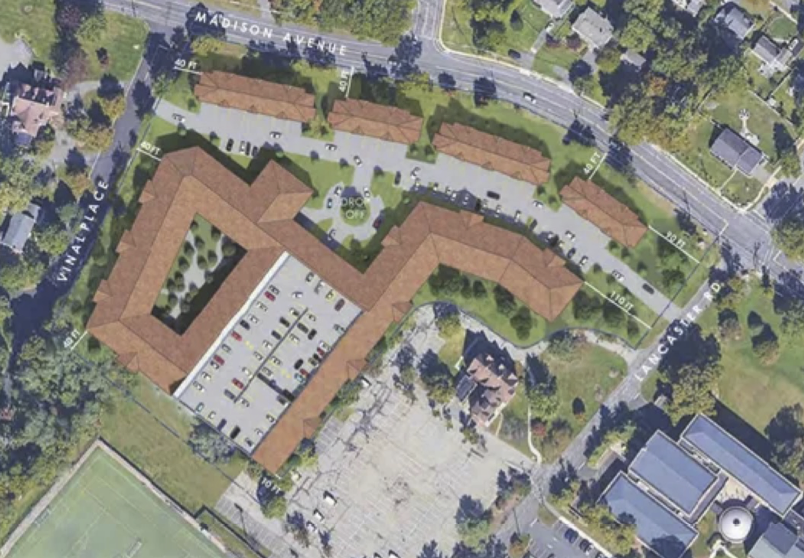
Drew University plan calls for up to 700 new homes. Is deal to preserve forest dead?
The path to preserving 51 forested acres on the Drew University campus once again appears in jeopardy after the school proposed building hundreds of residential units — despite a tentative agreement with Madison borough to save the property.
The borough's affordable housing plan, submitted to the state on June 23, includes details of a proposal by the university to build 492 residential units on two lots that are near, but not considered part of, the Drew Forest parcel. Those lots, totaling about 11 acres, are already under contract to North Jersey developer Avalon Bay.
…That was expected by preservation advocates. But the university's proposal also identifies the two Drew Forest lots as "ideal" for a 208-unit townhome community. Those lots were not included in Madison's latest calculations of land considered to have redevelopment potential.
Has the forest deal gone south?
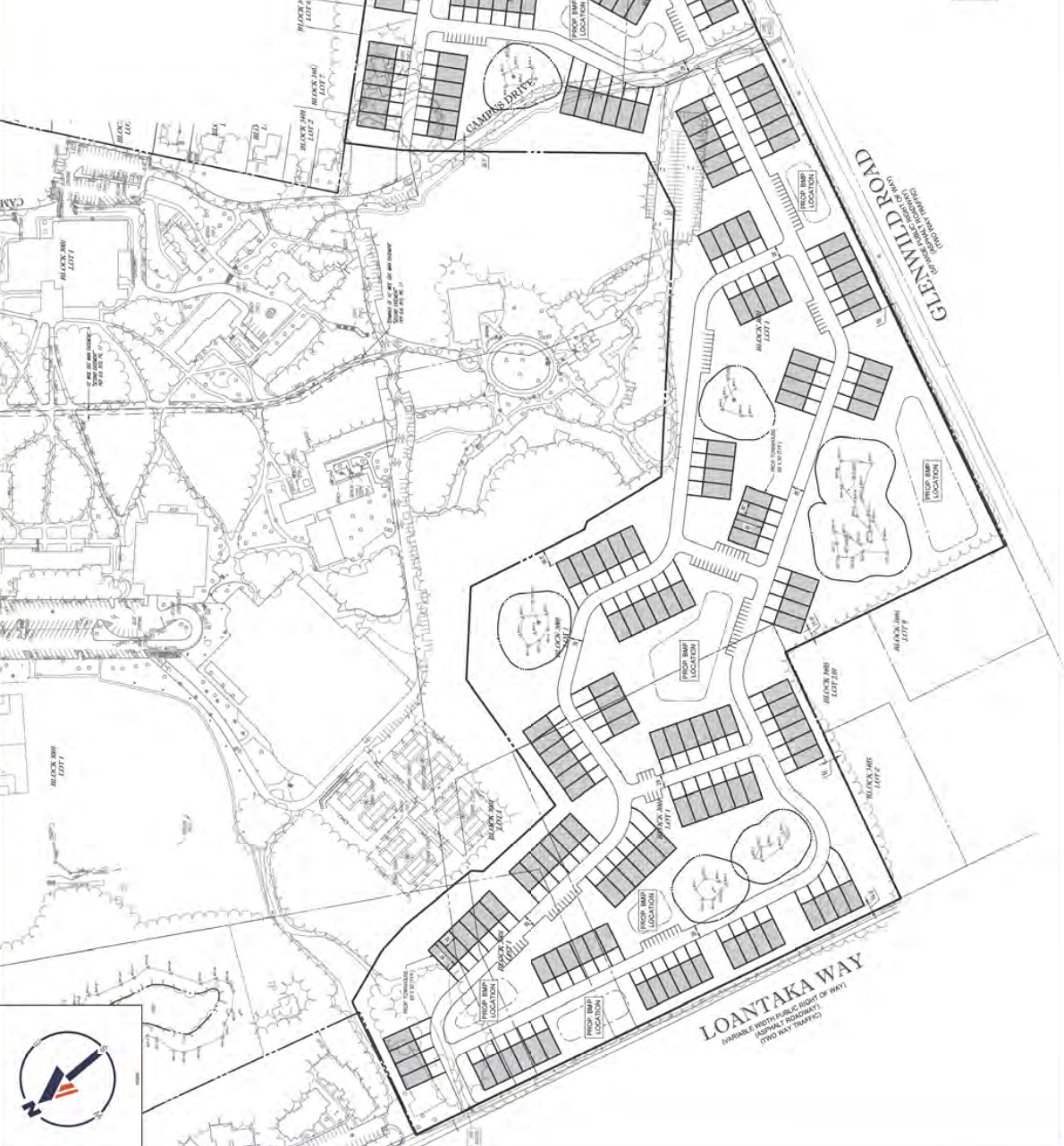
Drew Forest excluded from Madison’s affordable housing plan; university maps out possible spots for housing in forest
June 24, 2025, BRETT FRIEDENSOHN Managing Editor, Madison Eagle
MADISON – Drew University has submitted concepts for possible development of future housing in the Drew Forest, but the forest was not included in the borough’s fourth round affordable housing plan.
Included in the appendix was a concept by Drew and developer AvalonBay Communities, mapping out where hundreds of housing units could go in the forest and in other places on Drew’s campus…
This concept, dated Monday, April 21, contrasts with Drew and Madison’s nonbinding term sheet for $65.1 million dollar deal that will preserve the forest and pave the way for development on other parts of the campus.
The agreement, announced in November, involves Madison purchasing the Drew Forest for preservation in perpetuity. It also includes revenue from development on additional university land for multi-family, inclusionary residential housing units.
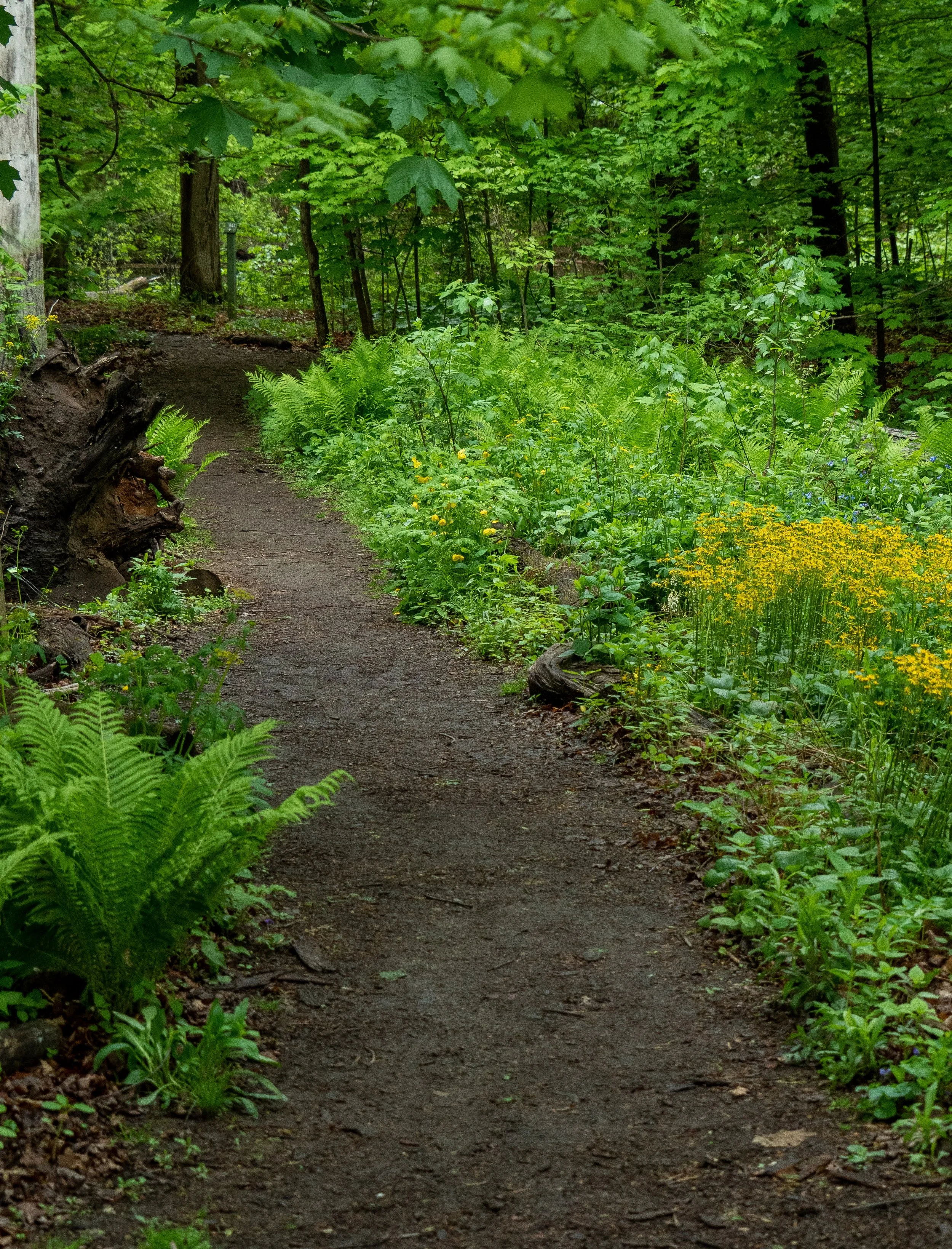
Health Benefits of Forests and Trees
TO THE EDITOR: I’m Colette Crescas, a registered nurse and a member of Friends of the Drew Forest. I’m pleased to report that doctors are increasingly prescribing time in nature to their patients struggling with cardiovascular disease or anxiety. According to the Mayo clinic, research suggests a minimum ‘dose’ of 2 hours a week in a natural setting to maintain those desirable levels.
Trees and forests affect the multiple complex systems within our bodies. The sympathetic nervous system is responsible for what we know as the “flight or fight” response.. A 2017 study just 15 minutes in a forest had a calming effect that led to lower cortisol levels.
Forests help to boost our immune systems by directly releasing airborne chemicals called phytoncides. When we breathe these in, our bodies respond by increasing the number and activity of white blood cells. These cells are critical in fighting tumors, virus-infected cells, and many bacterial infections

Artificial nighttime light is devastating to wildlife
May 8, 2025 Madison Eagle, Letter to the Editor by Colette Crescas,
The Friends of the Drew Forest would like to make residents aware of the impact of artificial nighttime light on insects and birds, particularly migratory birds. April – June is peak season for birds migrating north to and through New Jersey, and it might surprise some to know that many species travel long distances during the night. Area forests, including the Drew Forest, provide excellent “stopover habitat” for birds to rest and feed during the day.
These countless birds migrating through New Jersey need dark skies to survive and thrive. In fact, scientists are learning more every year about the negative effects of what they call “ALAN” - Artificial Light At Night - on both plants and animals (including humans). This is not surprising, since we all evolved over millennia with nights being dark and experiencing only natural light from the moon and stars.
Sadly, migrating birds are hurt in various ways, over and above the many millions who die in collisions with lit-up buildings. Birds navigate using natural light, and they get attracted to and confused by artificial light, causing them to waste energy. Certainly, they can’t afford to waste energy on their long, arduous migrations.
Lights can also render those important ‘stopover sites’ less suitable for rest and rejuvenation. In addition, artificial night can even change bird behavior, leading to males’ singing at new times of day. To let artificial lights shine near natural areas such as the Madison Recreational Complex would be horrible for birds.
Insects also get attracted to Artificial Light at Night and are either killed outright or die slowly from the loss of valuable energy spent pursuing artificial lights. Human lighting of the night is a key factor in the decline of insect populations, leading to less food for birds and bats and fewer pollinators for our plants.
Even trees are hurt by ALAN. Not only can bright night-time light influence a tree’s photosynthesis process, but artificial light also leads to trees becoming active too early in spring and staying active too late in the fall. Trees that are near artificial light at night are less healthy and have shorter lives than those that still enjoy the gift of natural darkness.

Migrating Warblers Need the Drew Forest
By Christine Hepburn
A version of this appeared on Apr 30, 2024 in the Madison Eagle, photo by Blaine Rothauser
If you are like most people (including me until my 40s), you hardly know what a warbler is, let alone take note of the many beautiful species that make up this group of migrating birds.
About 50 different species of these small, insect-eating birds with slim beaks can be found in North America, and 35 of these can be seen in New Jersey.
Each warbler species sings its own sweet song, but their voices don’t stand out if you ask me. I’d call them "flitters" rather than "warblers," given how active they are, constantly flitting from branch to branch.
Most warblers will just be passing through town, on the way further north after wintering anywhere from southern Texas down to Peru, depending on the particular species.
The long migrations are perilous times for the warblers who travel by night and rest during the day. “Stopover habitats” with trees and a water supply are very important and of course the Drew Forest provides a wonderful resource for these migrants, along with leafy yards.

Drew Forest and Macquarie Island, don’t let history repeat
We must be careful not to treat Drew University Forest as the sailors treated Macquarie Island. The forest lies atop the Buried Valley Aquifer. Chatham Borough relies on the Buried Valley Aquifer for its water supply, while Chatham Township supplements its supply through the aquifer.
The Friends of Drew Forest, a nonprofit dedicated to preserving the Drew University Forest, estimates that the forest recharges the aquifer with roughly 71.5 million gallons of rainfall filtered through the foliage each year.
Basing my estimate on the utility water rate charged by Chatham Borough in 2024, Drew University Forest provides our community with about $537,200 in water a year. Outsourced water incurs additional costs not found from local supplies.

Madison mayor recognizes International Day of Forests
MADISON – Mayor Robert Conley presented members of the Friends of the Drew Forest with a proclamation recognizing Friday, March 21 as International Day of Forests in the Rose City during the Borough Council meeting Monday, March 10.
The holiday has been recognized annually by the United Nations since 2012.
“It’s not only an eye to the valuable Drew Forest, which we’ve been working so hard to save, but also the National Forests which may be opened to greatly expanded logging,” Conley said in regards to the importance of the proclamation.
“This will not only devastate the forests, but also remove trees that cleanse our air. And if we don’t protect the forests right here in our country, how can we ask Brazil and other South American countries to preserve the Amazon, the lungs of the Earth? So this is a good reminder of the importance of forests.”

Madison residents' stained glass to benefit Drew Forest conservation
MADISON – The Drew Forest has two new benefactors: artists Margaret Malishchak and Molly Polevoy, who are collaborating on limited edition stained glass panels to help fund the Drew Forest’s conservation.
They are bringing their artwork to the Borough Council meeting Monday, March 24 at 50 Kings Road to show Mayor Robert Conley and elected officials.
“The Drew Forest is important to Molly and me,” said Malishchak, who lives in Madison’s Fairwood neighborhood close to the university.
“The forest is one of the few remaining places where children can see turtles sunning on logs, where Blue Herons fly and native bluebells pop up in spring.”
Malishchak started Glass4Good five years ago so that she could “use art to create more good in the world.” She donates all proceeds from sales—some $16,000 so far—to various state and local environmental and social justice groups.
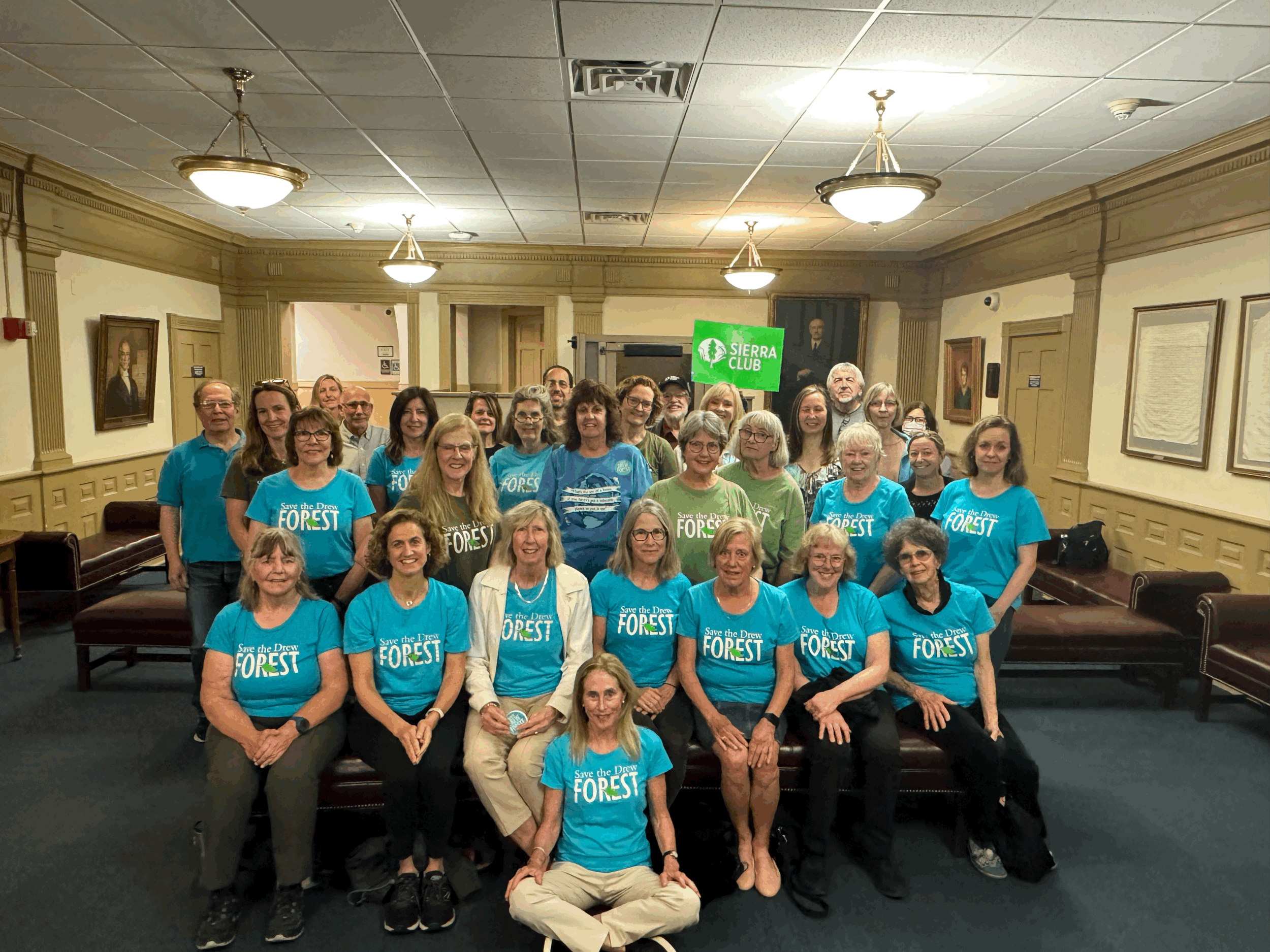
Statement by FODF in response to Judge Hansbury’s ruling
We believe that the entire Drew Forest should be preserved. It is treasured by the community for its ecological, educational, and recreational value.
We also believe this Court’s decision which considers approximately 35.6 of the 51.6 acres to be developable is flawed. We stand by our independent ecological expert who determined that that the Drew Forest “has extremely high value as a preserved open space where it can continue in its current capacity.”
Development of the property would eliminate a significant source of groundwater recharge to the Buried Valley Sole Source Aquifer. It would also disrupt ongoing public and student use of the land and long-term research projects that are being carried out there. It would remove identified habitat for the federally endangered Indiana bat and many irreplaceable large trees.
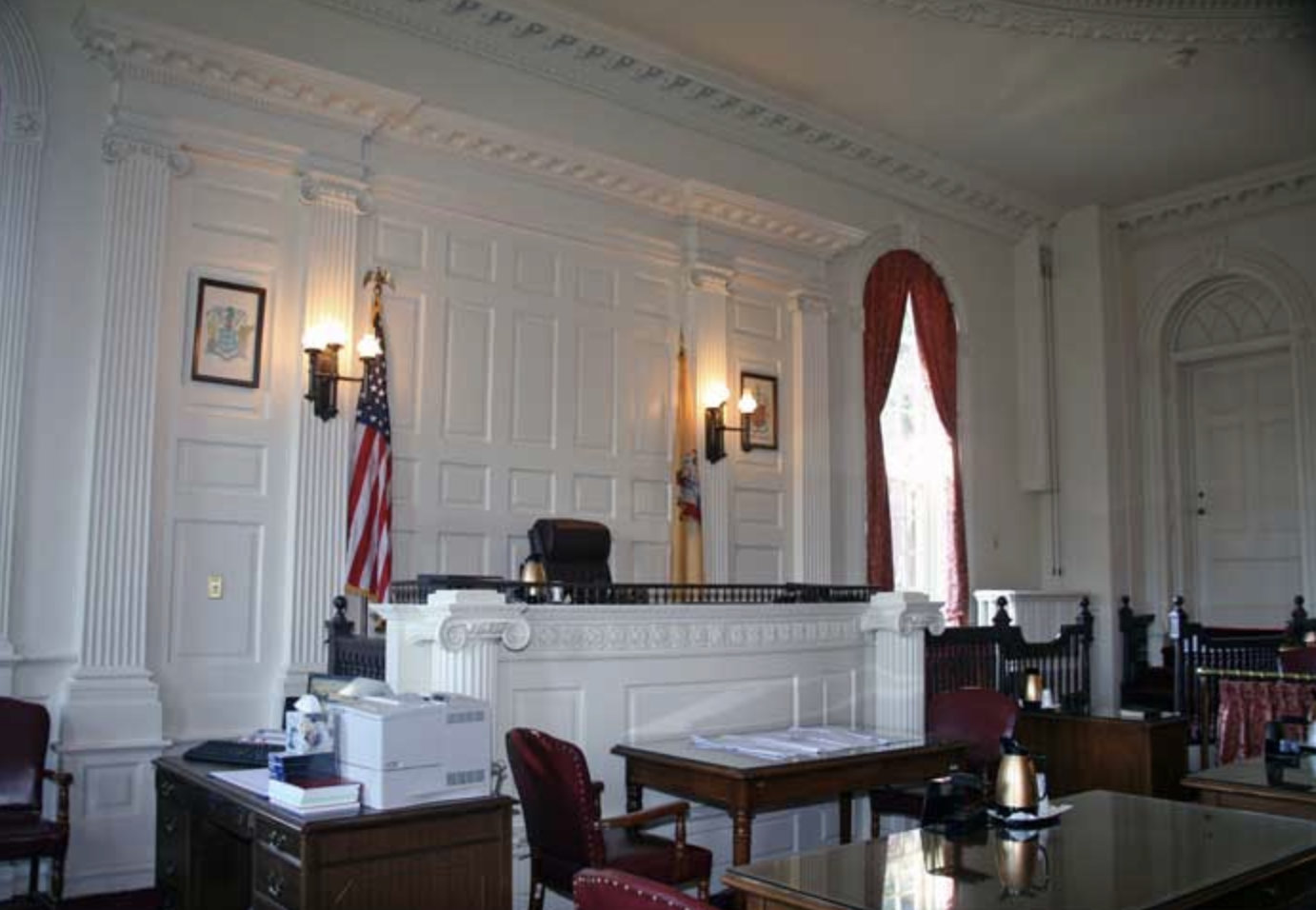
Madison appeals court order saying that most of Drew Forest is developable
By BRETT FRIEDENSOHN Managing Editor Mar 7, 2025
MADISON – The borough Thursday, March 6 appealed a state Superior Court court ruling saying that almost two-thirds of the Drew Forest is developable.
State Superior Court Judge Stephen Hansbury said in a ruling Friday, Feb. 14 that about 35.6 of the forest’s 51.6 acres is developable.
The next step after the state Superior Court is the Appellate Division of the Superior Court. “While the legal process continues, we remain open to settlement discussions with Drew University,” the Borough of Madison said in a statement.
“From the start, Madison has viewed affordable housing as a moral responsibility, not just a legal obligation. We remain committed to preserving the Drew Forest—a vital natural resource for Madison and surrounding communities—while also ensuring the development of affordable housing, in a way that best serves the taxpayers of Madison.”The Friends of the Drew Forest said in a statement that the decision is flawed.
“We believe that the entire Drew Forest should be preserved,” the Friends said. “It is treasured by the community for its ecological, educational, and recreational value.”

Is the Forest saved? Not quite.
“Congratulations on saving the Forest!”
“Great news on the Forest. Now you can relax.”
“You must be so relieved. Great work!”
Friends of the Drew Forest has received messages like these over the past two months from well-wishers who support our journey to preserve the beloved Drew Forest.
We wish we could relax
